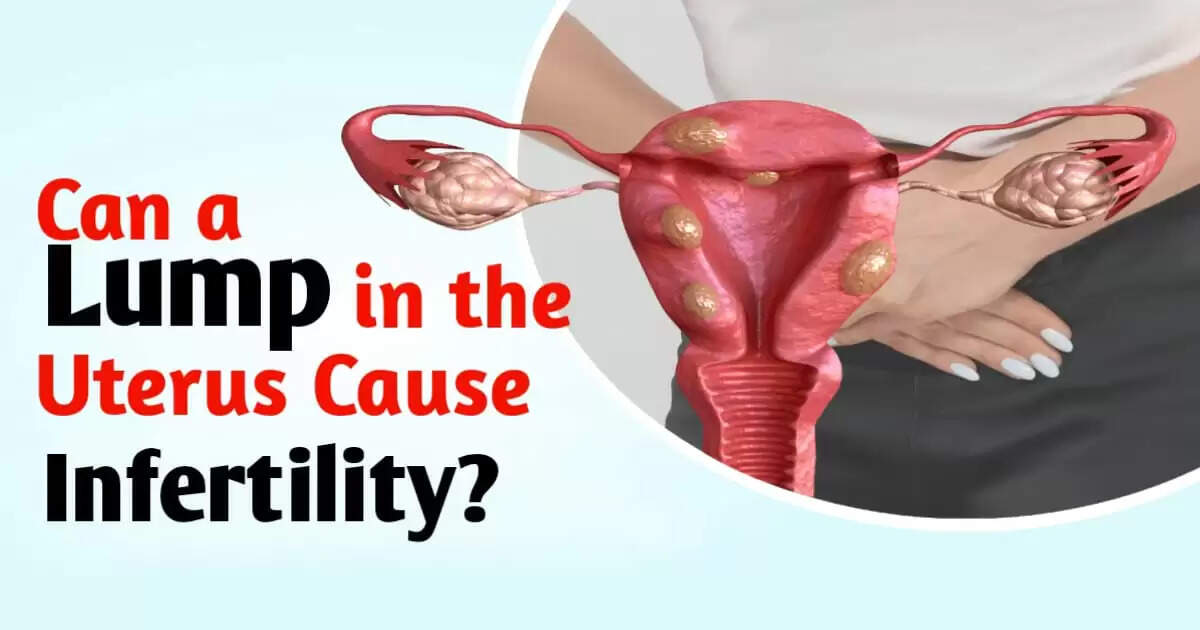Struggling to Conceive? A Uterine Lump May Be the Cause

Problems in conceiving have become a common problem in today's time, and there can be many reasons behind it. One of the major reasons is a lump in the uterus. Many times women face this problem unknowingly and until it is properly diagnosed, there is difficulty in conceiving. Doctors say that lumps in the uterus (such as fibroids, polyps, or cysts) are usually not serious, but they can affect the fertility of the woman.
How to identify if there is a lump in the uterus?
If a woman is having problems conceiving for a long time, then she must find out the exact reason for it. There are some signs of a lump in the uterus, which can point to this problem.
3 main symptoms of a lump in the uterus-
Abnormal bleeding: If a woman has excessive bleeding during periods or spotting in between periods, it can be a sign of a lump in the uterus. Apart from this, if the periods do not come on time or last for a very long time, it can also be a warning sign.
Pain and bleeding during sexual intercourse: If a woman feels pain during sexual intercourse or bleeding occurs after it, then this can also be an important sign. In case of a lump in the uterus, this pain can be mild or severe and it can affect reproductive health.
Excessive pain during periods: Mild pain during periods is normal, but if this pain becomes unbearable and keeps increasing every month, then it can be a matter of concern. Fibroids or other lumps can cause inflammation in the uterus, which can cause unbearable pain during periods.
How to confirm this problem?
If a woman is experiencing the above symptoms, she should immediately consult a doctor. Ultrasound is necessary to diagnose this problem correctly. Through this test, the doctor can see if there is any lump or abnormality in the uterus.
Treatment and solution -
If the lump in the uterus is confirmed, the doctor suggests treatment according to the condition of the patient. Some common treatments can be as follows:
• Treatment with medicines: If the lump is small and is not causing much trouble, it can be controlled through hormonal therapy or other medicines.
• Surgery: If the lump has become very large or is causing problems in pregnancy, it can be removed through procedures like laparoscopy or myomectomy.
• Lifestyle changes: Balanced diet: Eating a diet rich in green vegetables, fruits, protein, and fiber maintains hormonal balance.
